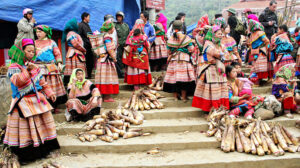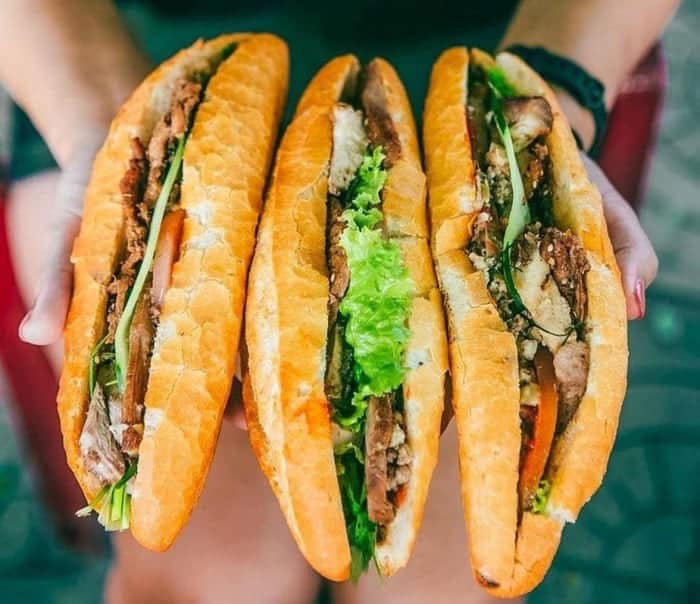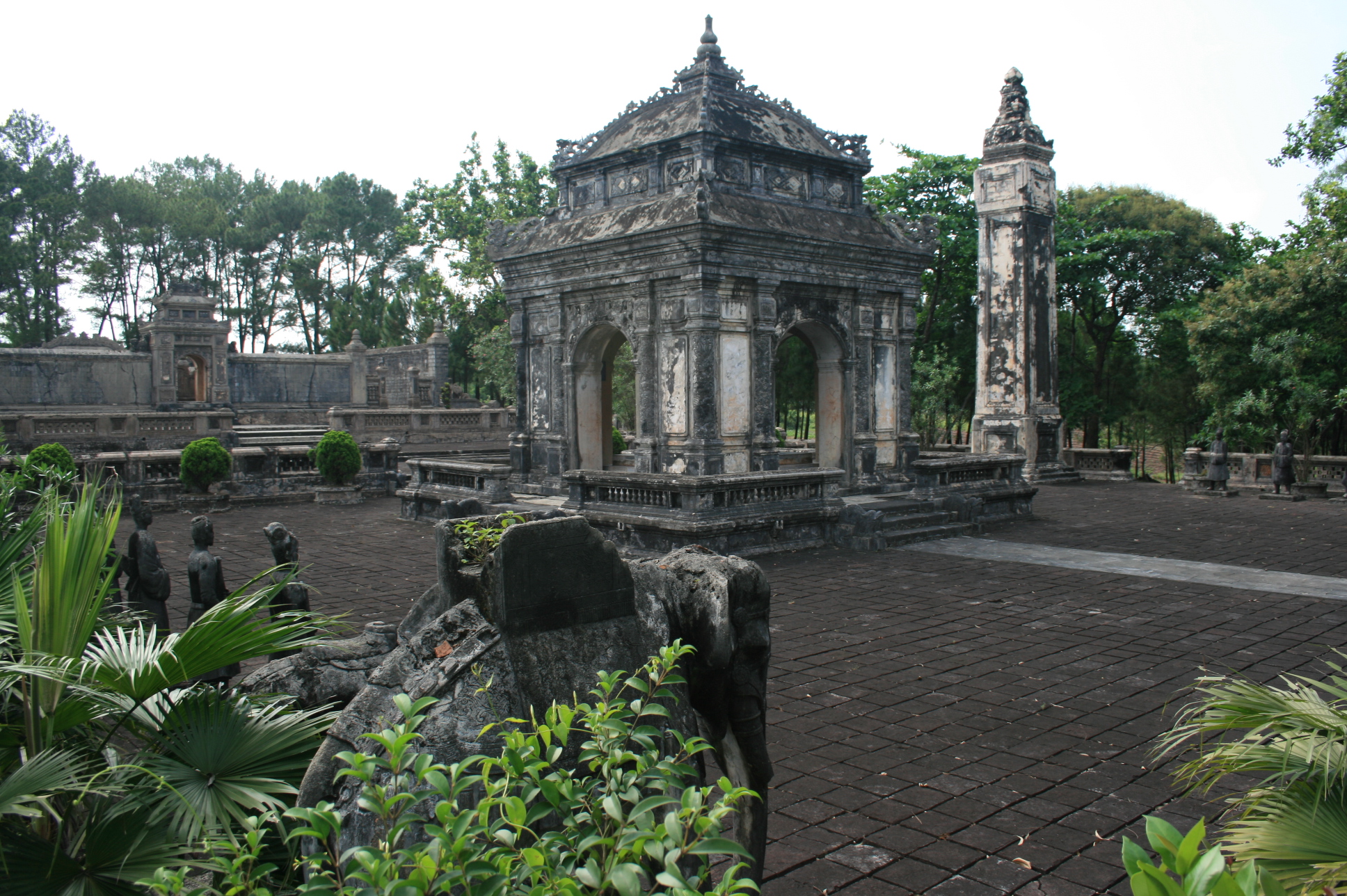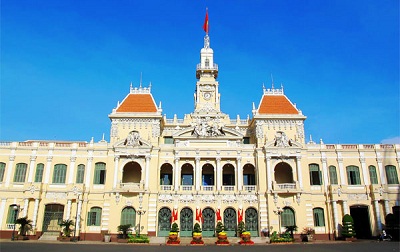- Vietnam Culture
- Vietnam – a perfect country
- The tranquil beauty of Pho
- Geology Museum on Ha Long
- Ha Noi gets the best
- Len Dong: an ancient shaman
- 100 Essential Vietnamese Words for
- Vietnamese Writing
- Vietnamese Langguage
- OX racing festival
- Vietnam National Day
- Vietnam New Year – The
- Perfume Pagoda festival
- Mid-Autumn Festival in Vietnam
- Hung king festival
- Vietnamese Ca tru
- Vietnamese Kites — History and
- Vietnamese Lanterns — What They
- Vietnamese Embroidery
- Vietnam is a culturally diverse
Vietnamese Ethnic Groups
Vietnam is a country of extraordinary cultural diversity, home to 54 officially recognized ethnic groups, each contributing to the vibrant tapestry of its history, traditions, and customs. While the majority Kinh (Viet) group accounts for around 86% of the population and predominantly resides in lowland areas, the other 53 ethnic minorities are distributed across the country’s mountainous and remote regions, each with its own unique language, lifestyle, and heritage. This article provides an overview of these ethnic groups and their significance to Vietnam’s cultural identity.

1. The Kinh (Viet)
- Population: Approx. 86% of Vietnam’s total population
- Location: Red River Delta, Mekong Delta, and urban centers
- Characteristics:
- The Kinh people form the cultural and political mainstream of Vietnam.
- Known for their Confucian-inspired traditions, wet rice cultivation, and contributions to Vietnam’s literature, music, and national identity.
2. The Tay
- Population: Largest minority group
- Location: Northern mountainous provinces (Cao Bang, Lang Son, Bac Kan)
- Characteristics:
- Experts in cultivating terraced fields and known for their traditional stilt houses.
- Rich in folk songs and dances like the “Hat Then.”
3. The Thai
- Population: Second largest minority group
- Location: Northwest region (Dien Bien, Son La, Lai Chau)
- Characteristics:
- Distinguished by their colorful brocade clothing and traditional stilt houses.
- Known for “Xoe” dances and agricultural innovations.
4. The Hmong
- Population: Prominent group in the northern highlands
- Location: Ha Giang, Lao Cai, Yen Bai, and surrounding areas
- Characteristics:
- Recognizable for their vibrant, handmade clothing and highland farming practices.
- Celebrated for their embroidery, silver jewelry, and traditional New Year celebrations.
5. The Khmer
- Population: Concentrated in the Mekong Delta
- Location: Southern provinces (Tra Vinh, Soc Trang)
- Characteristics:
- Closely related to the Khmer people of Cambodia.
- Known for Theravada Buddhism, unique temples, and cultural festivals like “Ok Om Bok.”
6. The Muong
- Population: Primarily in the northern midlands
- Location: Hoa Binh and Thanh Hoa provinces
- Characteristics:
- Similar cultural practices to the Kinh but retain distinct folk traditions.
- Renowned for traditional gongs and epic poetry.
7. The Dao
- Population: Spread across northern highlands
- Location: Yen Bai, Ha Giang, and other mountainous provinces
- Characteristics:
- Known for their indigo-dyed clothing adorned with red embroidery.
- Strong spiritual practices, including ancestor worship and herbal medicine.
8. The Cham
- Population: A small but historically significant group
- Location: Central Vietnam (Ninh Thuan, Binh Thuan) and the Mekong Delta
- Characteristics:
- Descendants of the ancient Champa Kingdom.
- Practicing Hinduism or Islam, they are celebrated for their brick temples and weaving.
9. The Ede
- Population: Indigenous to the Central Highlands
- Location: Dak Lak, Gia Lai provinces
- Characteristics:
- Matrilineal society with unique longhouse architecture.
- Rich in oral traditions, gongs, and traditional coffee cultivation.
10. The Bahnar
- Population: Central Highlands
- Location: Kon Tum, Gia Lai
- Characteristics:
- Known for communal houses with steeply pitched roofs.
- Preserve vibrant festivals and gong culture.
11. Other Minority Groups
- Hoa (Chinese): Concentrated in urban areas, especially Ho Chi Minh City, contributing to trade and commerce.
- Nung: Agriculturally adept, residing in the northern regions.
- San Chay, Co Tu, Giay, and others: Each group has unique languages, rituals, and folklore, enriching Vietnam’s multicultural heritage.
The 54 ethnic groups in Vietnam form a rich mosaic of cultural diversity. Their unique traditions, languages, and lifestyles are not only integral to Vietnam’s identity but also a treasure trove for anthropologists, historians, and travelers. Through the preservation and promotion of this diversity, Vietnam continues to celebrate its heritage while fostering unity in diversity.














